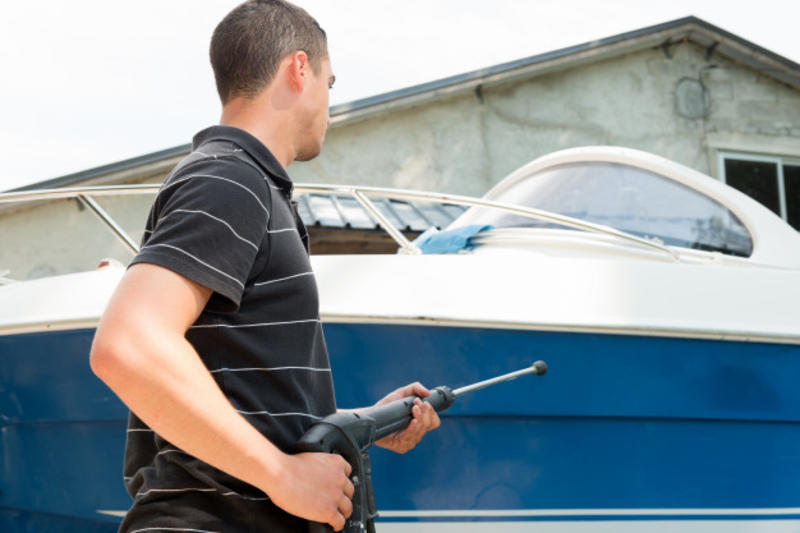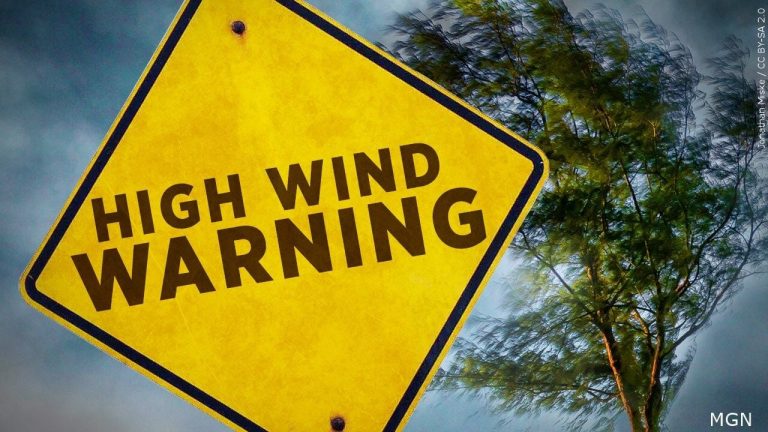
Whether you own a sleek motorboat, a fishing vessel, or a personal watercraft like a Jet Ski, keeping it clean is a big part of preserving its performance and appearance. After a few trips through saltwater, lakes, or muddy rivers, you might wonder:
“Can I safely use a pressure washer to clean my boat?”
The short answer is: Yes — but only if done carefully and with the right tools and techniques. Pressure washing a boat can be an effective way to remove grime, algae, salt, and stubborn buildup, but it’s also easy to cause damage if you’re not cautious.
Let’s dive into the do’s, don’ts, and best practices for pressure washing watercraft. 🌊🛥️
🧽 Benefits of Pressure Washing Your Boat
Boats accumulate a ton of debris and contaminants — especially if they’re used often or stored outdoors. Pressure washing offers:
- Fast removal of dirt, algae, and barnacles
- Thorough cleaning of hulls and decks
- Salt residue removal after saltwater use 🌊🧂
- Prepping surfaces for waxing or maintenance
- Preservation of performance by keeping surfaces smooth and drag-free
If you’ve been scrubbing by hand, pressure washing can save hours of time — but again, only if you know what you’re doing.
⚠️ Surfaces You Should Not Pressure Wash
Boats are built from a variety of materials, and some are more pressure-sensitive than others. Here’s what you should avoid blasting:
- Canvas covers or upholstery — easily damaged or torn
- Gel coat areas with cracks — can worsen existing damage
- Rubber seals and gaskets — could be stripped or dislodged
- Electronics and exposed wiring — water intrusion is dangerous ⚡
- Decals, registration stickers, or striping — may peel off
💡 Always test a small area first to see how the material reacts.
✅ Surfaces Safe to Pressure Wash (With Care)
- Fiberglass hulls
- Anti-fouling paint (light pressure only)
- Non-skid deck surfaces
- Aluminum and stainless-steel railings
- Trailers and wheels
- Boat bottoms (when out of water)
Use the correct PSI and spray tip, and you’re good to go. 🛥️💦
🔧 Recommended Pressure Washer Settings for Boats
To protect your boat’s materials and finish, follow these guidelines:
- PSI: 1200 to 1900 (max 2000 PSI)
- Nozzle Tip: 25° or 40° tip (never use 0° pinpoint)
- Distance from Surface: 2–3 feet minimum
- Detergent: Marine-safe, biodegradable soaps only 🌱
- Mode: Use a low-pressure rinse for sensitive areas
Avoid high PSI machines designed for concrete or decks — they’re too harsh for boats unless set to lower pressure.
Browse Amazon Here For Boat Pressure Washers And Accessories
🧼 Steps to Pressure Wash a Boat Properly
Here’s a step-by-step guide to pressure washing your boat safely:
1. Remove Cushions and Covers
Take off any seat cushions, tarps, electronics, or removable gear that shouldn’t get soaked.
2. Rinse Off Loose Dirt
Use a gentle rinse to remove dirt, sand, and debris before applying soap.
3. Apply Marine-Grade Soap
Use a foam cannon or detergent injection system to spray on soap designed for boats. Let it sit for a few minutes to break down grime.
4. Scrub Stubborn Areas
Use a soft-bristle brush for areas like the waterline, scum marks, or algae buildup.
5. Rinse from Top to Bottom
Rinse the boat thoroughly, starting at the top and working down so soap and grime wash away properly.
6. Dry and Wax
Use a microfiber cloth or air blower to dry surfaces. Apply wax or UV protectant to extend the clean look and prevent future buildup. 🧴✨
🧂 Special Considerations for Saltwater Boats
Saltwater is harsh. If you’ve used your boat in the ocean:
- Rinse everything thoroughly with freshwater
- Pay extra attention to undersides, trailer frames, and joints
- Wash immediately after use to prevent salt corrosion
Even the trailer needs a good rinse — salt eats metal fast.
🧰 Can I Pressure Wash the Engine?
Generally, no. Do not pressure wash the outboard or inboard engine compartments unless:
- The engine is turned off
- Battery is disconnected
- Sensitive components are protected
- You use low pressure with extreme care
A safer approach is hand-cleaning with engine-safe degreaser and a damp cloth.
🧠 Pro Tips for Pressure Washing Boats
- Avoid harsh angles — Direct spray perpendicular to surfaces to avoid lifting decals or paint.
- Use soft brushes — For delicate areas like plexiglass or gel coat.
- Wear goggles and marine-safe footwear — Avoid slipping or getting chemicals in your eyes.
- Check local laws — Some marinas restrict runoff and detergents due to waterway pollution rules.
💡 Alternatives to Pressure Washing
If you’re hesitant about using a pressure washer on your boat, consider:
- Foam cannons with hose-end sprayers
- Manual scrubbing with long-handle brushes
- Dry cleaning with special boat detailing sprays
- Hiring a marine detailer for delicate or luxury watercraft
🚤 Final Verdict
So, can you use a pressure washer to clean your boat or watercraft?
Yes — but use caution. Stick with low-pressure settings, marine-safe products, and avoid electronics or sensitive materials. When done right, pressure washing can restore shine, prevent buildup, and make your boat ready for smooth sailing every time. ⛵✨






